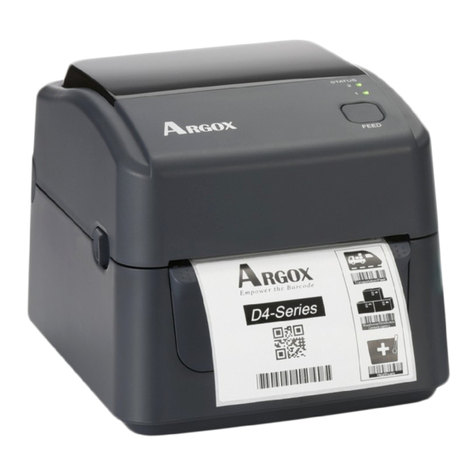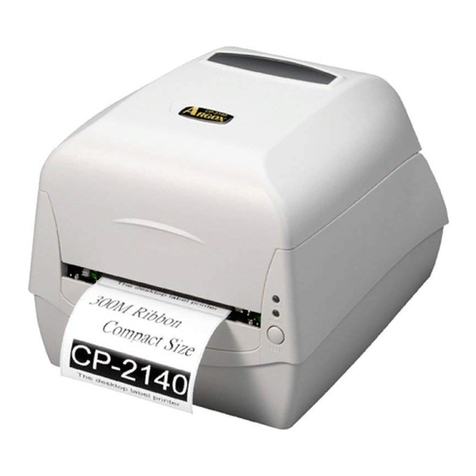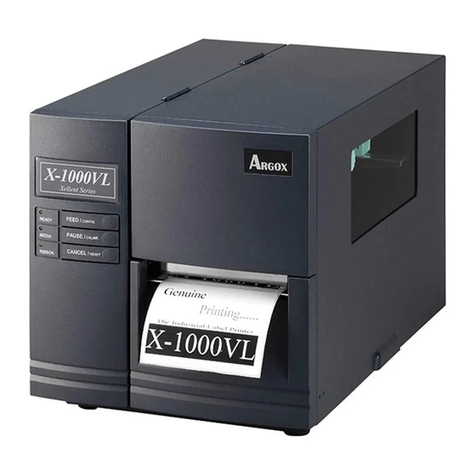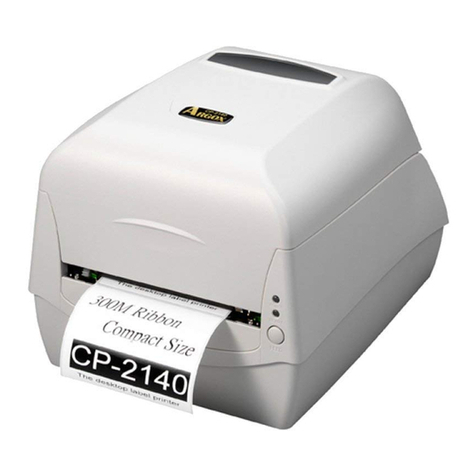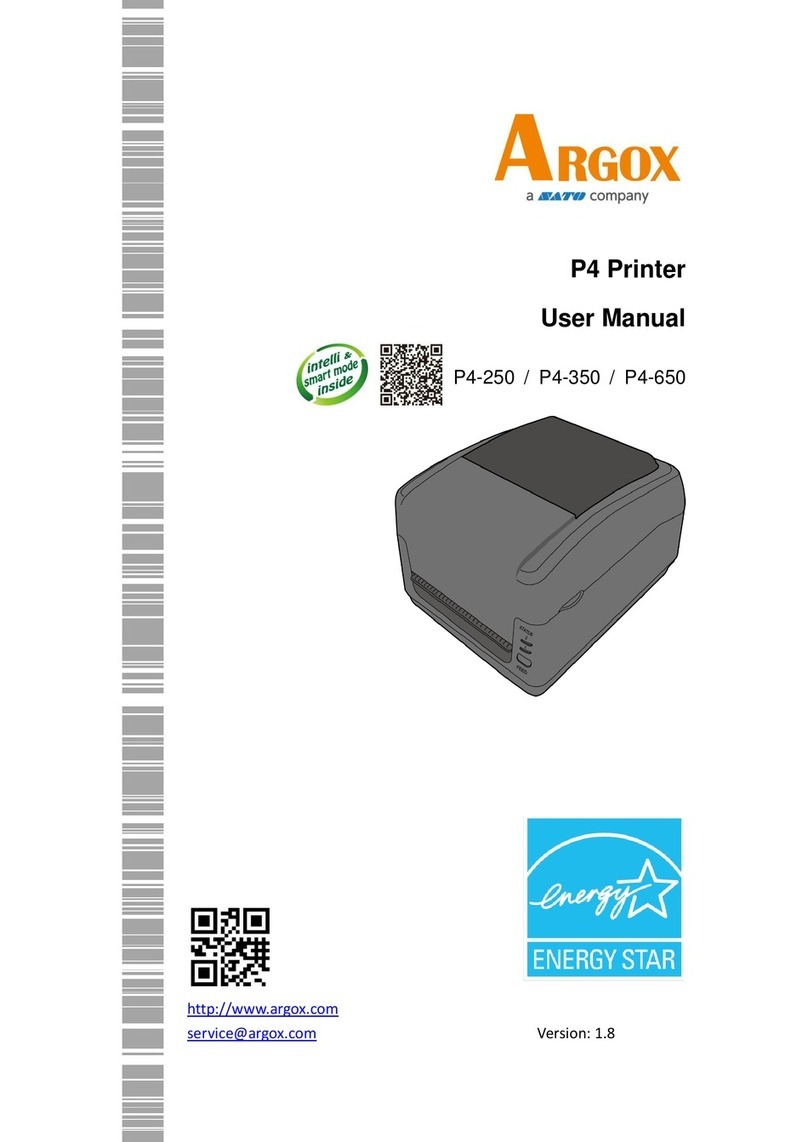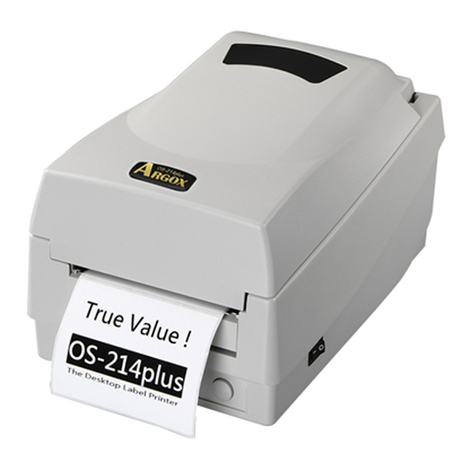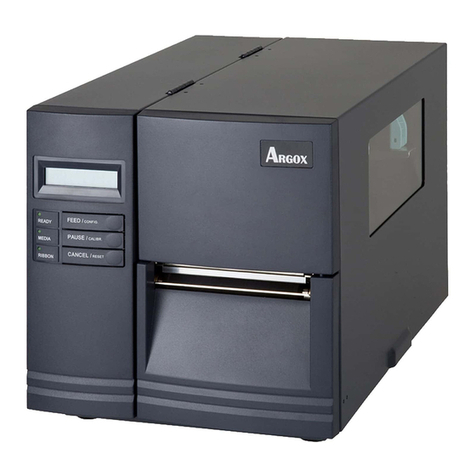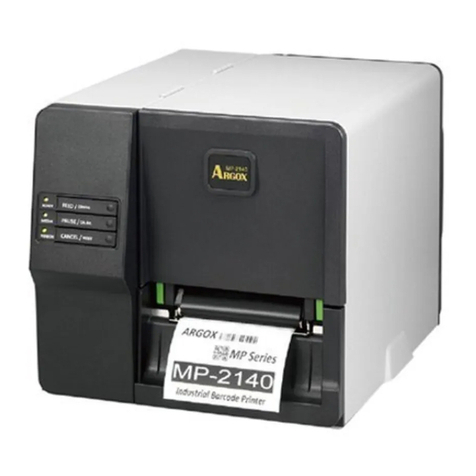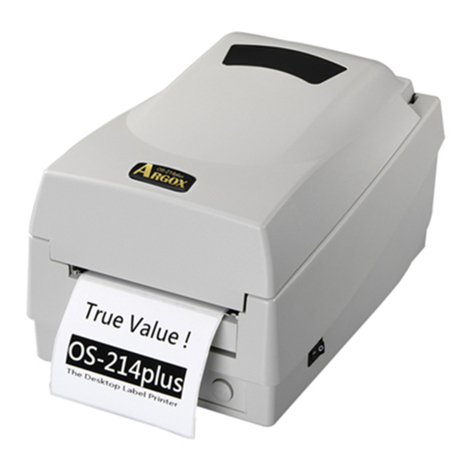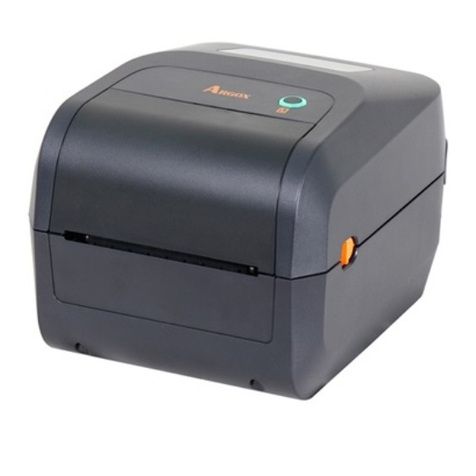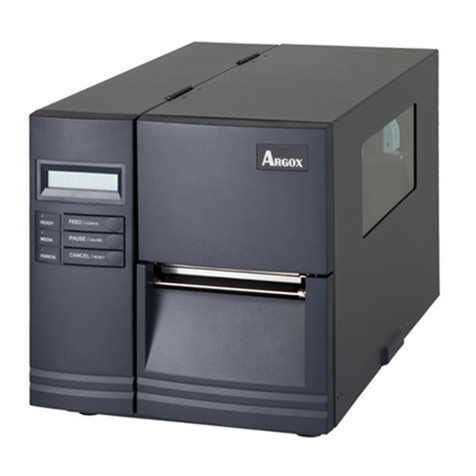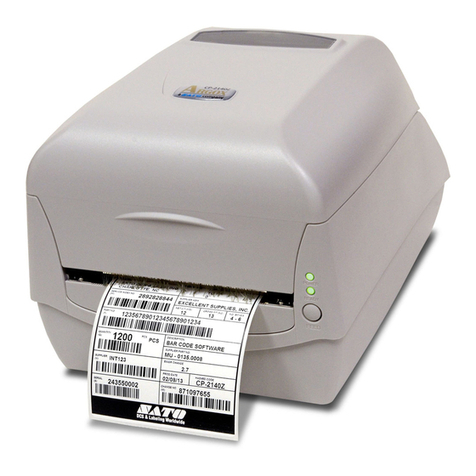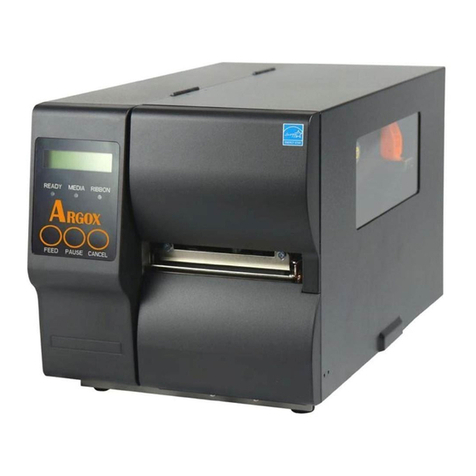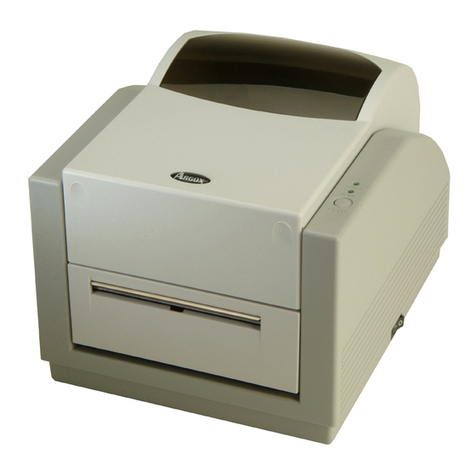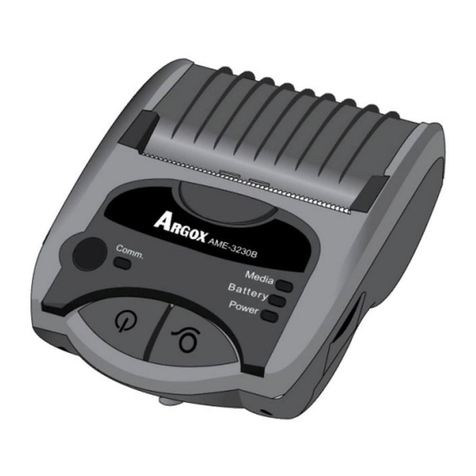
PI1X Basic Programming Manual Ver. 1.10 3/156
3.10 LED Command...............................................................................54
3.11 Keypad commands..........................................................................55
3.12 LCD Commands .............................................................................63
3.13 Font................................................................................................67
3.13.1 User font commands..................................................................67
3.14 TextBlock .......................................................................................69
3.14.1 TextBlock commands.................................................................70
3.15 File manipulation commands ...........................................................74
3.15.1 Standard Commands ................................................................74
3.15.2 DBMS Commands...................................................................82
3.16 Vibrator commands .........................................................................87
3.17 Communication port commands.......................................................88
3.18 Memory commands.......................................................................105
3.19 USB commands ............................................................................106
3.20 LinkingPort commands..................................................................107
3.21 RFHOST (Only for PI-1060) commands ........................................118
3.22 Simulator (Only for PC simulator) commands................................119
4Appendices .................................................................................................120
Appendix A..................................................................................................120
PI series Basic Commands list....................................................................120
A1. General commands ................................................................120
A2. Commands for decision structures..........................................120
A3. Commands for looping structures ...........................................121
A4. Commands for string processing.............................................121
A5. Commands for event trapping.................................................122
A6. System commands .................................................................122
A7. Reader commands..................................................................123
A8. Buzzer commands..................................................................124
A9.Calendar and timer commands................................................124
A10. LED command ......................................................................124
A11. Keypad commands.................................................................124
A12. LCD Commands....................................................................125
A13. User font commands ..............................................................126
A15. File manipulation commands..................................................127
A16. Vibrator commands................................................................128
A17. Communication port commands.............................................128
A18. Memory commands ...............................................................129
A19. USB commands.....................................................................129
